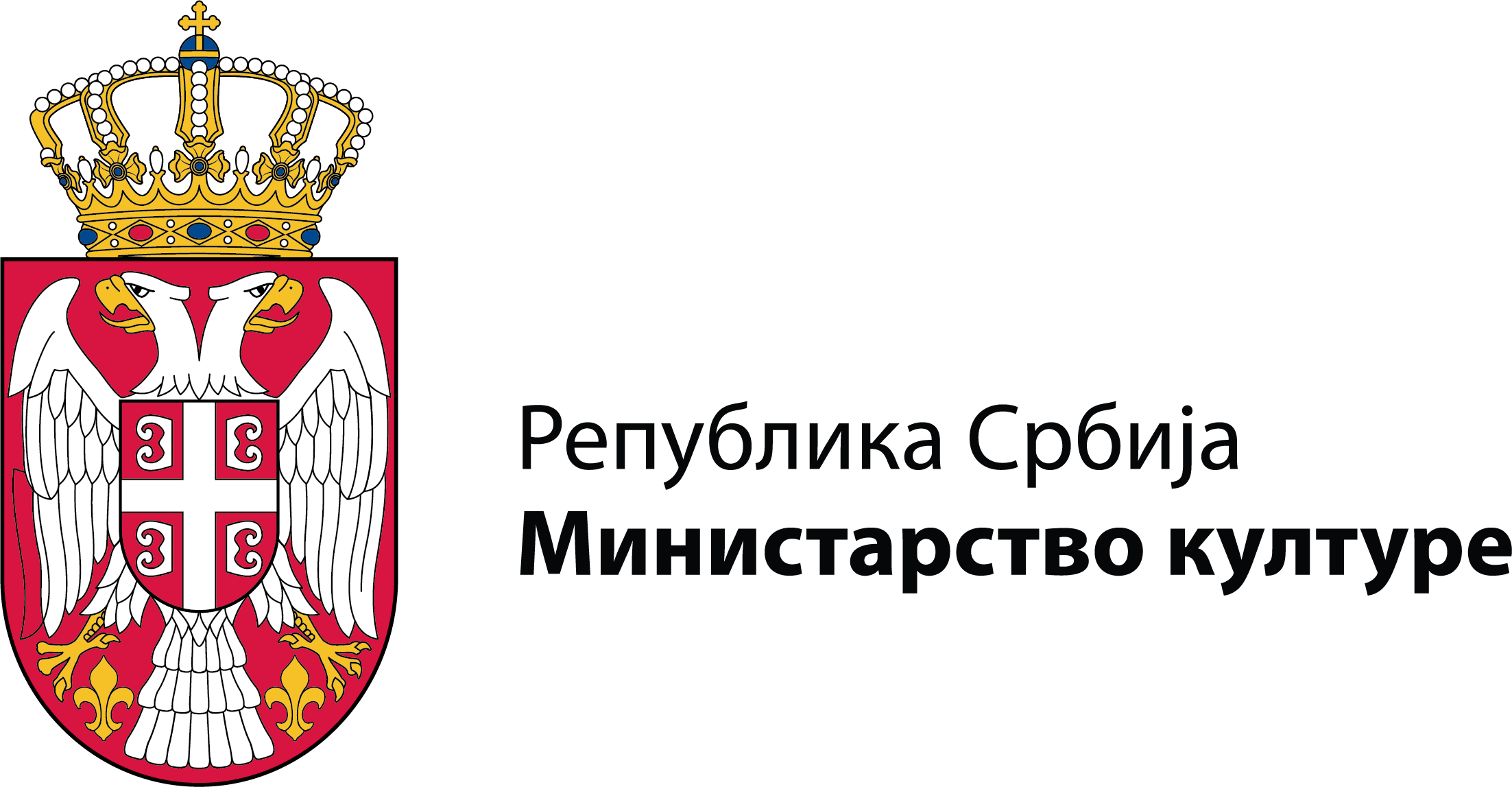This collection grew and developed together with the Ethnographic Museum. It was formed before 1901, while the Museum was still part of the National Museum. The largest number of items was acquired in the second half of the 20th century.
The collection can be divided into several units, i.e. sub-collections. A large part of it consists of ritual breads and Easter eggs, as well as accessories used to decorate them, such as a poskurnik (a wooden stamp for decorating the Slavic cake) and a šaralica (a pen for applying wax when coloring Easter eggs). The collection also includes ritual towels, scarves and similar textile furnishings. A special sub-unit is the ecclesiastical inventory - icons, crosses, lamps, censers, goblets, candlesticks, lamps and banners. The collection also has objects that to a greater extent indicate traces of beliefs outside and before Christianity - masks, calendar equipment, ornaments made of grain, heavenly candles, etc.
People have always believed that the power of nature, that is, divine or demonic forces determine destiny. Overall well-being was thought to depend on prayer, sacrifice, ritual or magical rites. This is evidenced by the collection of votives (created from former sacrificial gifts), objects over which prayers for healing were once read in churches and monasteries. Votives are often in the form of a leg, hand, eye, child, angel and similar representations. The magical side of belief is represented by tools and objects for fortune-telling and witchcraft, as well as amulets made by sorcerers to protect against various misfortunes - illness, spells, evil eyes, infertility, death by bullets, knives, poisoning and the like. The Collection also holds inventory specific to Islam, such as dervish utensils (Muslim ascetics) and circumcision utensils.
The Ethnographic Museum also has a collection related to folk medicine and veterinary medicine. It was created as a result of observation of the natural environment and experiences in prevention and treatment. The collection includes dental needles, pliers and bayonets used to extract teeth, knives for cutting the umbilical cord and circumcision - sunećenje, a wooden gun with a pusher for injecting medicine into domestic animals, as well as devices and tools for bloodletting or suction cups for better blood circulation. Accessories and aids also include spindles used to perform pregnancy terminations.
The part of the Collection that gives it a special value is the tombstones, which with their shapes and ornamentation indicate how deep the connections of different civilizations and cultures are on our soil.
This collection contains 3230 items.
The curator in charge of the collection is Saša Srećković, museum advisor, who can be contacted by email:
People have always believed that the power of nature, that is, divine or demonic forces determine destiny. Overall well-being was thought to depend on prayer, sacrifice, ritual or magical rites. This is evidenced by the collection of votives (created from former sacrificial gifts), objects over which prayers for healing were once read in churches and monasteries. Votives are often in the form of a leg, hand, eye, child, angel and similar representations. The magical side of belief is represented by tools and objects for fortune-telling and witchcraft, as well as amulets made by sorcerers to protect against various misfortunes - illness, spells, evil eyes, infertility, death by bullets, knives, poisoning and the like. The Collection also holds inventory specific to Islam, such as dervish utensils (Muslim ascetics) and circumcision utensils.
The Ethnographic Museum also has a collection related to folk medicine and veterinary medicine. It was created as a result of observation of the natural environment and experiences in prevention and treatment. The collection includes dental needles, pliers and bayonets used to extract teeth, knives for cutting the umbilical cord and circumcision - sunećenje, a wooden gun with a pusher for injecting medicine into domestic animals, as well as devices and tools for bloodletting or suction cups for better blood circulation. Accessories and aids also include spindles used to perform pregnancy terminations.
The part of the Collection that gives it a special value is the tombstones, which with their shapes and ornamentation indicate how deep the connections of different civilizations and cultures are on our soil.
This collection contains 3230 items.
The curator in charge of the collection is Saša Srećković, museum advisor, who can be contacted by email:

